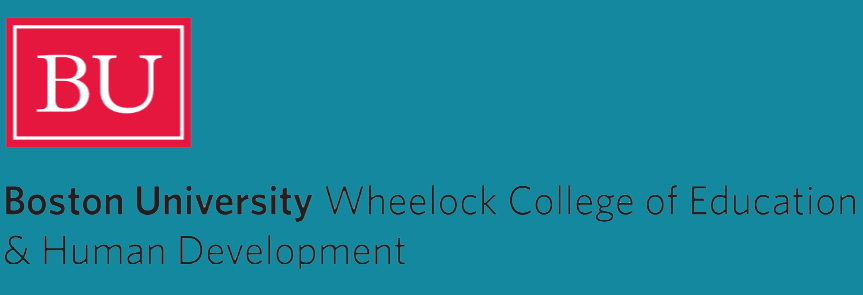Development of Natural and Supernatural Thinking (DoNaS)
How do children reconcile conflicting ideas about natural phenomena?
In contrast to the common assumption that children are prone to magical thinking, evidence collected over several decades indicate that young children understand the world primarily in terms of natural causes. For example, they rarely appeal to supernatural forces as a causal explanation even in the face of unusual or unexpected events, and they reject the possibility of magical outcomes in real life. This early conservatism towards the supernatural is challenged, however, when children are introduced by our culture to some supernatural entities or concepts, such as Santa, Tooth Fairy, or making a wish. How do children respond to this challenge? Do they preserve their naturalistic stance, or do they become prone to supernatural thinking as they get older? Or do they find a way to reconcile these conflicting approaches so that they hold both views without experiencing any tension between them?
This study explores whether children understand the world primarily in naturalistic or supernatural causes. By introducing them to two characters who hold conflicting views about natural phenomena, such as “how life on Earth began,” and, “what happens to living things after they die,” we are able to explore how children understand natural phenomena and how they reconcile conflicting views. Children are also asked to judge which character is right and why they think so.
